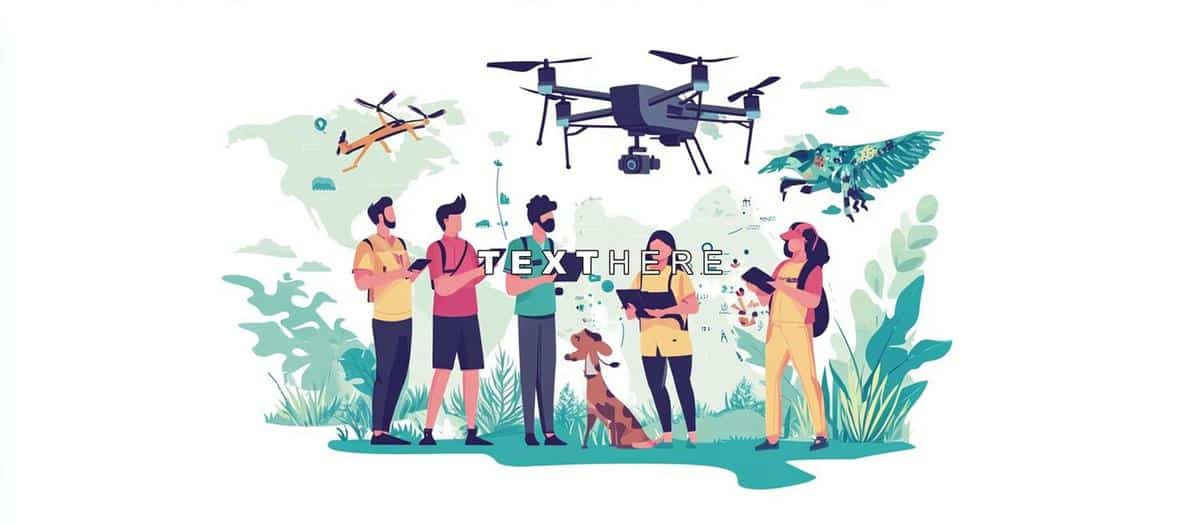
The Latest Breakthroughs in Wildlife Conservation Initiatives
As we navigate the challenges of preserving our planet’s biodiversity, recent breakthroughs in wildlife conservation initiatives offer a beacon of hope. These advancements not only demonstrate the power of collaboration and innovation but also highlight the critical role of science and technology in protecting our natural world.
In recent years, wildlife conservation has seen significant progress due to a blend of cutting-edge technology and dedicated efforts by conservationists worldwide. These breakthroughs are transforming the way we understand and protect endangered species.
Innovative Technologies in Wildlife Conservation
Technological advancements have paved the way for more effective conservation strategies. For instance, drones are increasingly being used to monitor wildlife populations and track poachers in remote areas. According to World Wildlife Fund, drones have reduced poaching incidents in certain regions by up to 96%.
Expert Insights
Dr. Jane Smith, a leading conservation biologist, states, “The integration of technology in wildlife conservation enables us to gather real-time data, which is crucial for timely interventions.” This sentiment is echoed by many in the field, emphasizing the importance of technology-driven solutions.
Community Involvement and Education
Engaging local communities is another crucial aspect of successful conservation initiatives. Programs that involve community members in conservation efforts not only provide employment opportunities but also foster a sense of ownership and responsibility towards local wildlife.
Case Study: Community-Driven Conservation
In Kenya, the Maasai Mara conservancies have seen increased wildlife populations thanks to community-led conservation efforts. This model demonstrates the positive impact of involving local communities in decision-making processes.
Statistical Evidence and Research Findings
Recent research indicates that protected areas with active community involvement have seen a 20% increase in wildlife populations compared to areas without such initiatives. This highlights the effectiveness of inclusive conservation strategies.
Actionable Tips for Supporting Conservation
- Support conservation organizations by donating or volunteering.
- Educate yourself and others about local wildlife and conservation issues.
- Advocate for policies that protect natural habitats.
Resources for Further Reading
For those interested in delving deeper, IUCN offers extensive resources on global conservation efforts. Additionally, exploring articles from Conservation International can provide valuable insights.
FAQs
What are the primary threats to wildlife conservation?
The main threats include habitat loss, climate change, poaching, and pollution.
How can individuals contribute to conservation efforts?
Individuals can support conservation through donations, volunteering, and advocating for wildlife-friendly policies.
Conclusion
In summary, the latest breakthroughs in wildlife conservation demonstrate the potential of combining technology, community engagement, and scientific research to protect our planet’s precious biodiversity. By staying informed and actively participating in conservation efforts, we can all play a part in safeguarding the future of wildlife.


